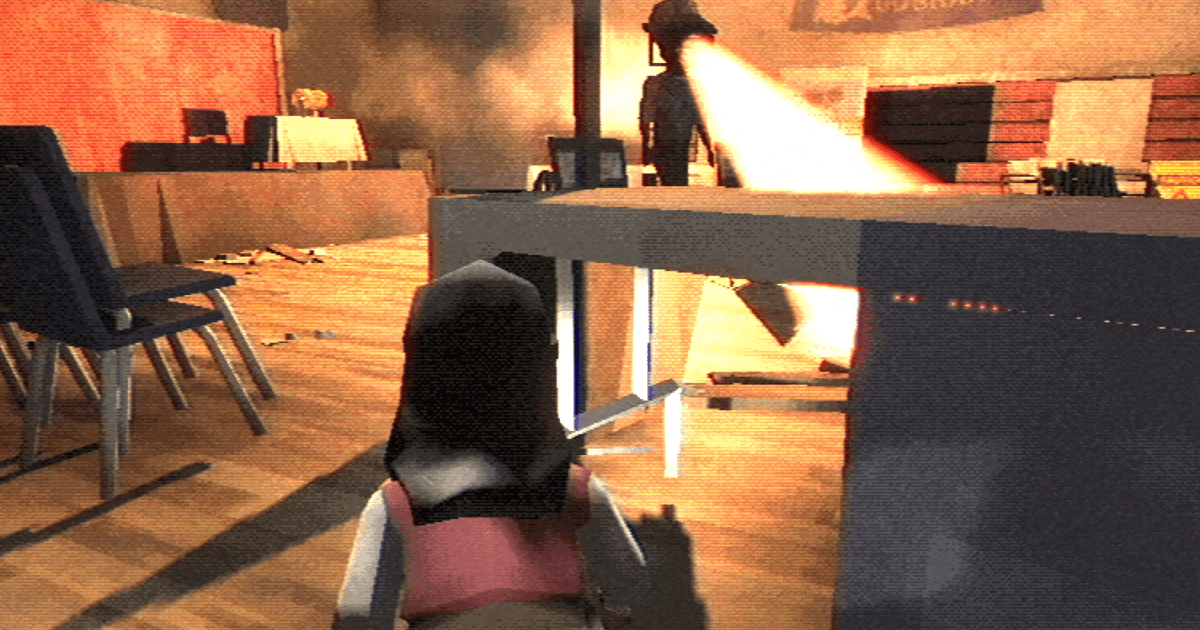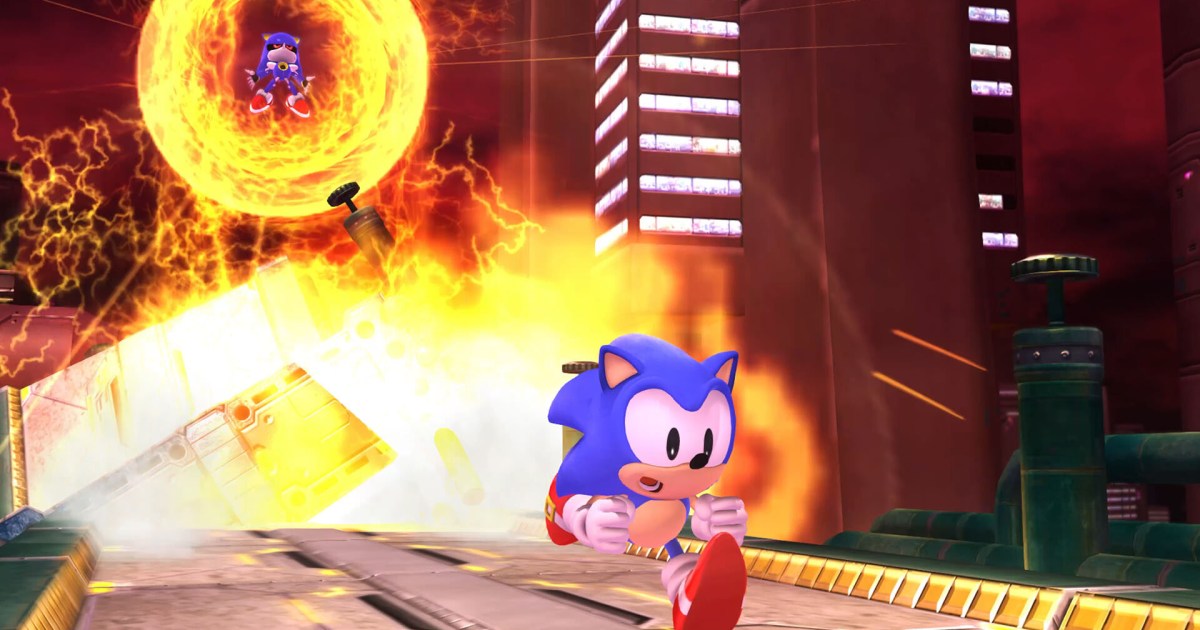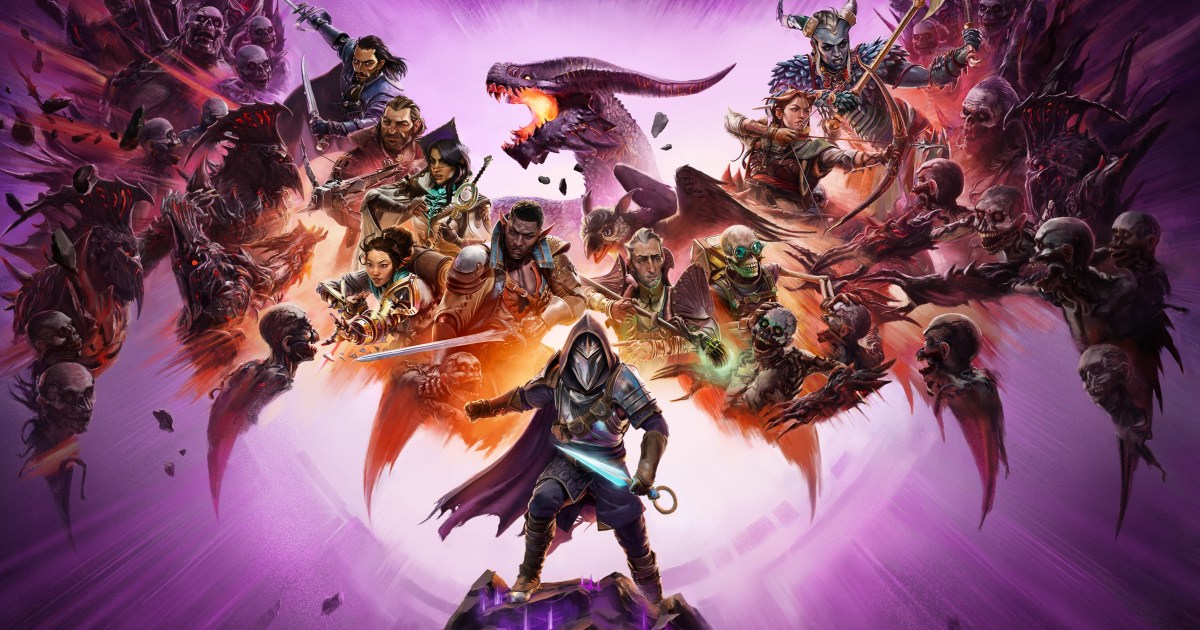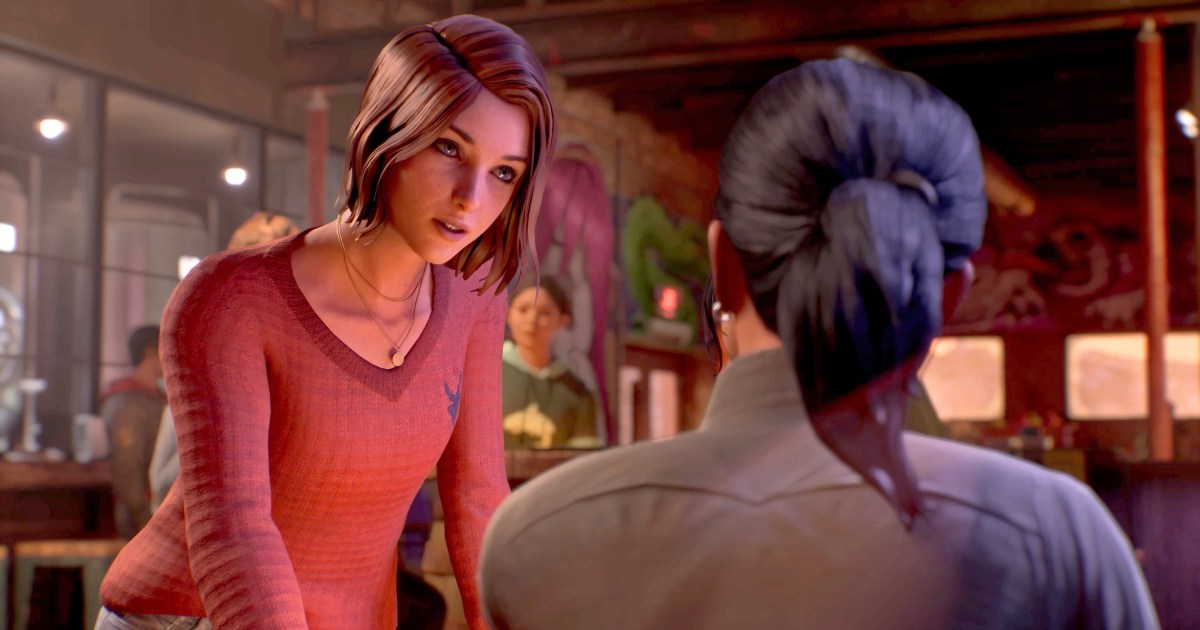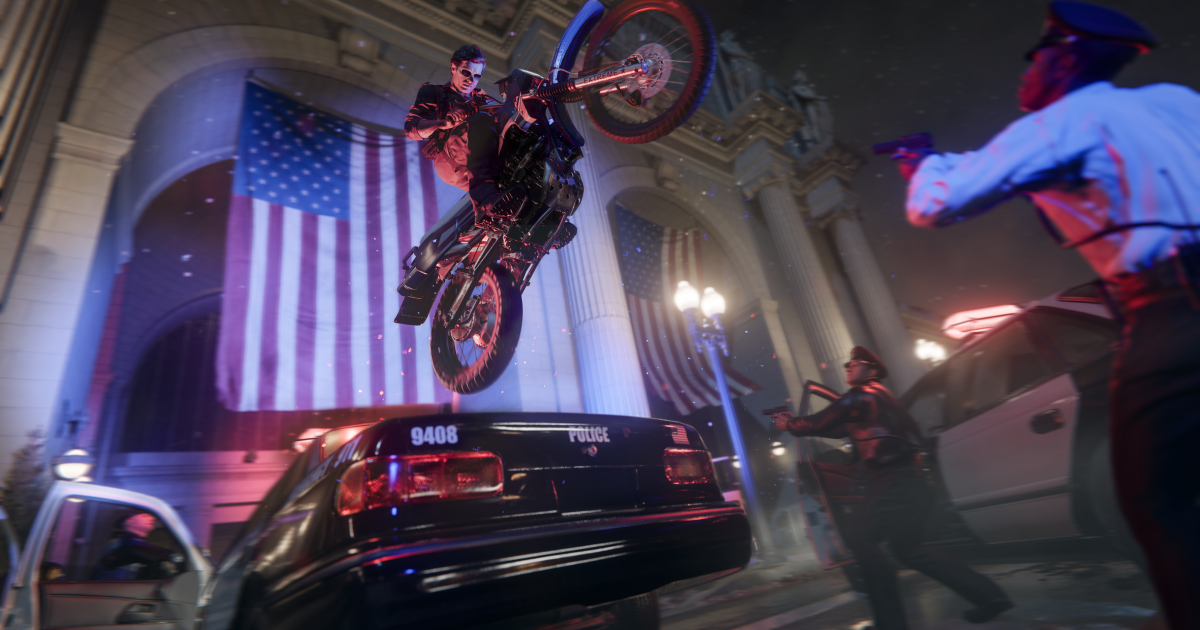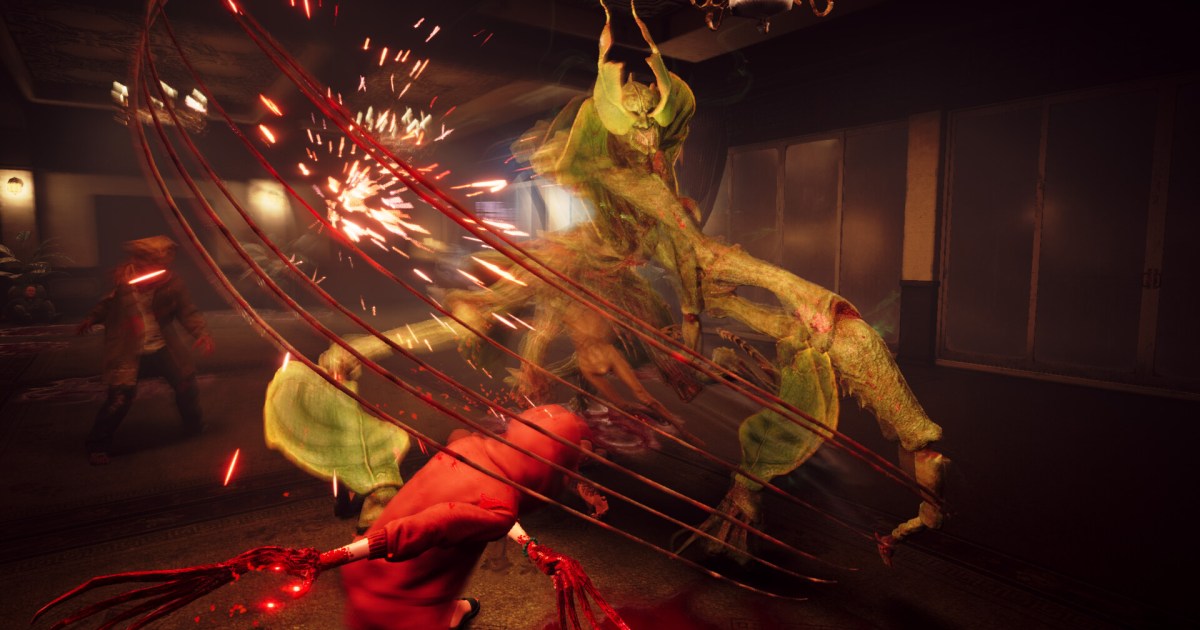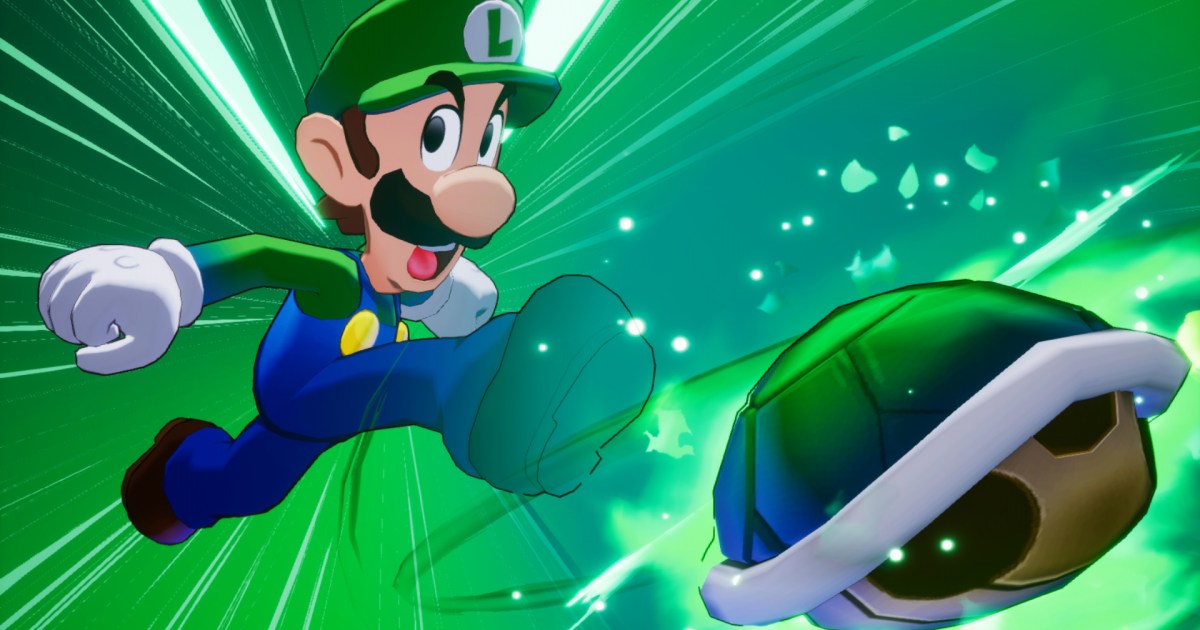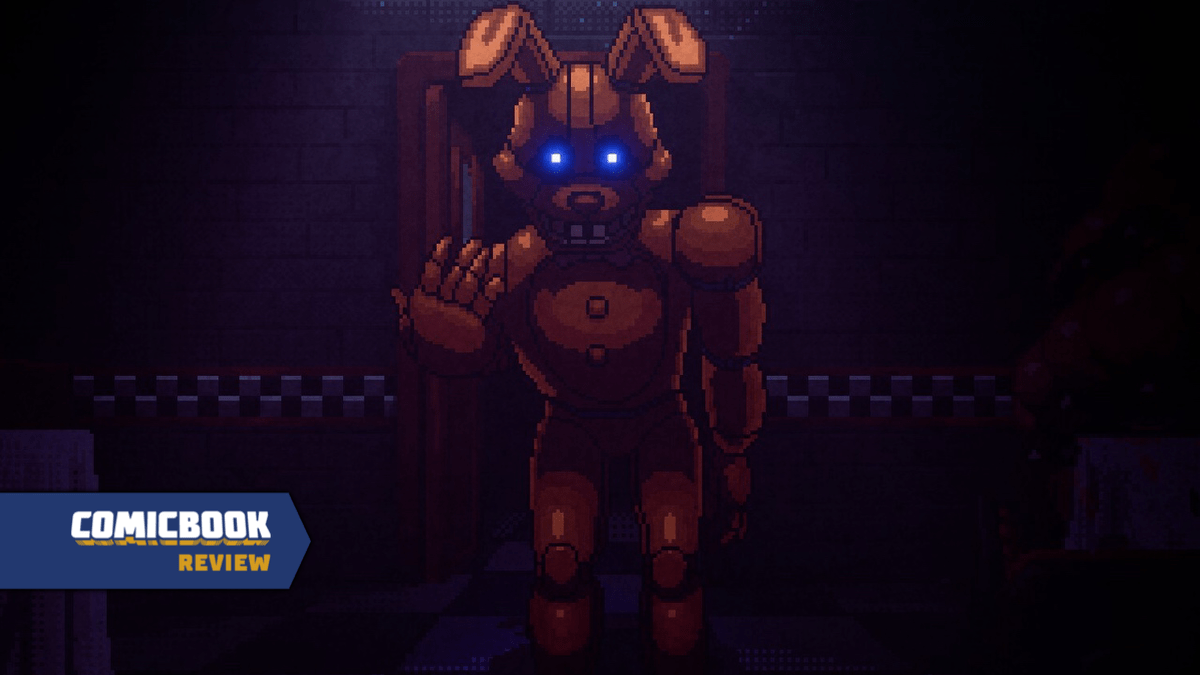High school can feel like a horror movie. Bullies, exams, and the constant pressure to fit in create a pressure cooker environment. Fear the Spotlight, the debut title from Blumhouse Games, captures this teenage dread. Two girls break into their school to contact the dead, transforming familiar suburban settings into haunted landscapes. This micro-horror experience draws inspiration from teen classics like Buffy the Vampire Slayer and gaming greats like Resident Evil, resulting in a chilling tale of rebellion told through lo-fi visuals and classic puzzle gameplay. While not without its flaws, Fear the Spotlight shines as a passionate project with a unique voice.
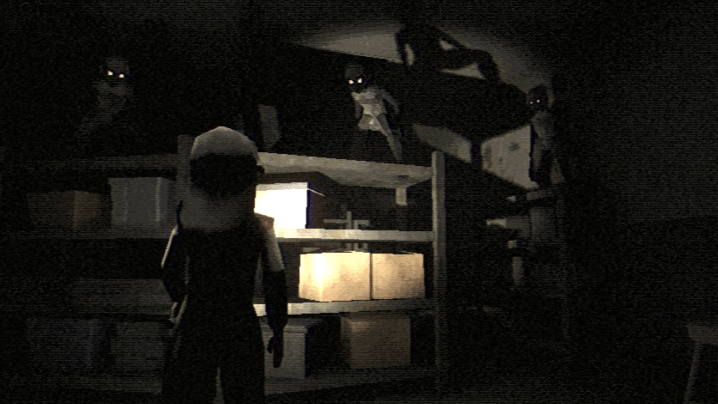 A woman shines a light on creepy monkeys in Fear the Spotlight.
A woman shines a light on creepy monkeys in Fear the Spotlight.
Retro Aesthetic, Modern Sensibilities
Fear the Spotlight opens with a late-night school break-in. Vivian and Amy sneak through the darkened halls searching for a Ouija board, hoping to uncover the truth about a tragic fire. Their search unleashes a haunting presence, setting the stage for a creepy first campaign. Vivian unravels the school’s dark secrets through scattered notes while evading a terrifying monster with a spotlight for a head.
The game aims for a tone somewhere between Life is Strange and Silent Hill, a blend that doesn’t always work. While the jagged character models and grainy filter attempt to emulate a PS1 aesthetic, the underlying feel remains distinctly modern. Unlike games like Crow Country, which convincingly captures retro horror, Fear the Spotlight‘s visual style feels more like a costume than a genuine homage.
This tonal inconsistency makes it difficult to fully immerse oneself in the game’s world. The writing and voice acting further contribute to this dissonance. While Vivian and Amy may look like they belong in Silent Hill 3, their quippy dialogue undercuts the tension. The game struggles to establish a clear sense of time and place, caught between its superficial 90s references and its contemporary sensibilities.
There are moments, however, when the game’s atmosphere shines. The pixelated flames consuming the library after the séance, the bright yellow spotlights cutting through the darkness during stealth sequences – these moments effectively evoke a sense of dread and decay.
Teenage Angst and Anti-Bullying Messages
Where Fear the Spotlight truly excels is in its portrayal of teenage anxieties. It takes the haunting atmosphere of psychological horror and replaces adult trauma with relatable teen issues like bullying, social anxiety, and stalking. This focus makes the game appealing to a younger audience who may be ready to graduate from jump-scare horror to something more mature yet still relevant to their lives. However, the narrative occasionally veers into heavy-handed anti-bullying messaging, which can feel preachy.
The game’s disjointed narrative can be attributed to its unusual development. Fear the Spotlight was initially released as a smaller project before Blumhouse Games provided additional funding for expansion. This resulted in a second campaign that shifts the focus from the school to family secrets and introduces a new, The Ring-esque ghoul. While the dual narrative provides a more complete story, the two halves feel thematically disconnected.
Puzzle Box Horror in Miniature
Despite its flaws, Fear the Spotlight delivers satisfying bite-sized puzzles reminiscent of Resident Evil. The first campaign sees Vivian solving her way out of the school, while the second traps her in a surreal childhood home filled with locks and keys. Both scenarios showcase Cozy Game Pals’ love for 90s horror through clever, tactile puzzles.
One standout puzzle involves activating the school’s HVAC system by finding lettered fuses scattered throughout interconnected rooms. This requires draining pools, retrieving lost bingo ball tumbler handles, and deciphering the fuse box wiring. The emphasis on interacting with objects rather than simply using keys adds a welcome layer of complexity.
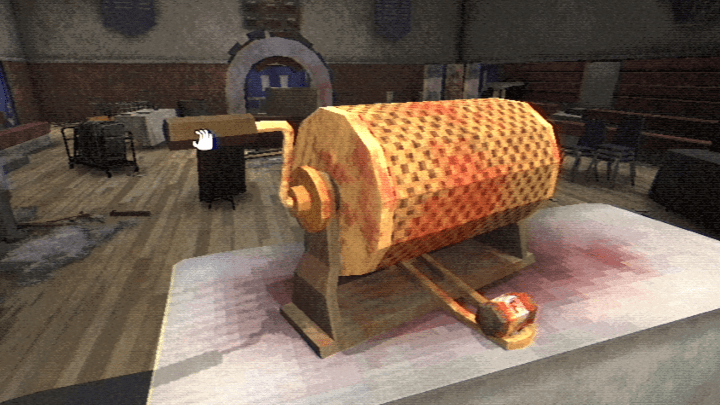 A player interacts with a meat grinder in Fear the Spotlight.
A player interacts with a meat grinder in Fear the Spotlight.
The game’s small scope works to its advantage. Cozy Game Pals explores minimalist ideas that might feel tedious in a longer game. The absence of combat, for example, is replaced by stealth sequences where Vivian must avoid a searching spotlight. Getting caught depletes her health, requiring the use of limited inhalers – a clever teen-centric twist on the horror formula.
The second campaign introduces new mechanics like lock-picking minigames and jump scares triggered by cell phone notifications, keeping the gameplay fresh. Despite some backtracking, the four-hour runtime is filled with just enough engaging puzzles and narrative twists.
A Passion Project with Promise
The closing credits reveal that Fear the Spotlight is largely the work of two dedicated developers. A heartfelt note from the studio acknowledges the game’s imperfections, highlighting the passion and dedication that went into its creation. This vulnerability makes it easier to appreciate the game’s limitations and embrace its rough edges.
Fear the Spotlight may not be perfect, but it’s a charmingly awkward adventure that finds its own voice amidst its nostalgic inspirations and indie sensibilities. Like its teenage protagonists, Cozy Game Pals emerges from the experience with a stronger sense of identity, leaving us optimistic about their future projects.
Fear the Spotlight was tested on Nintendo Switch OLED.



